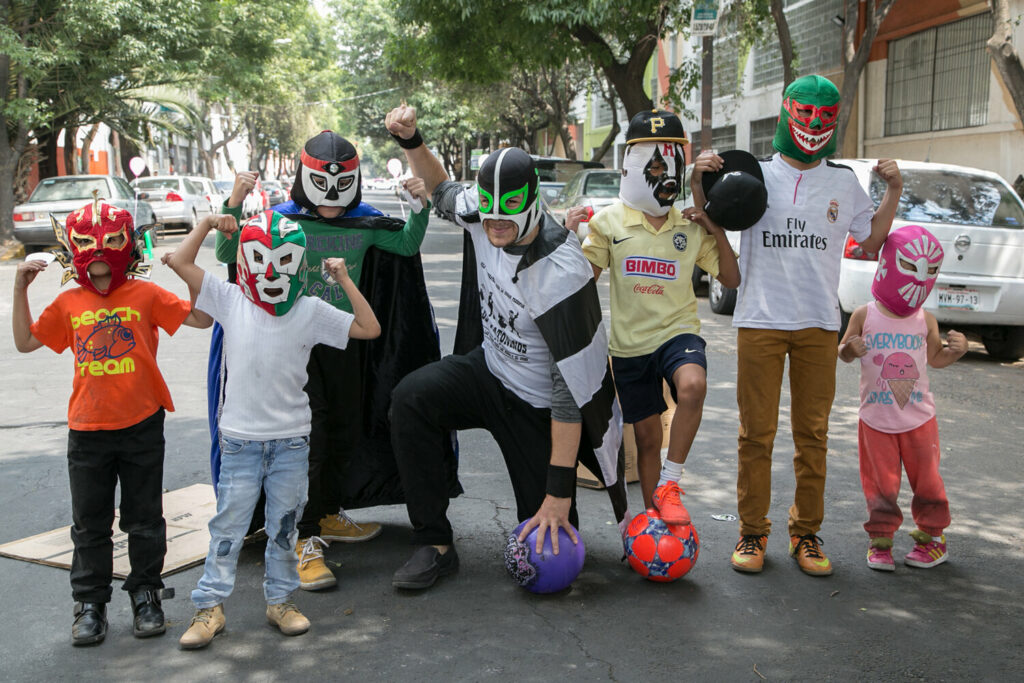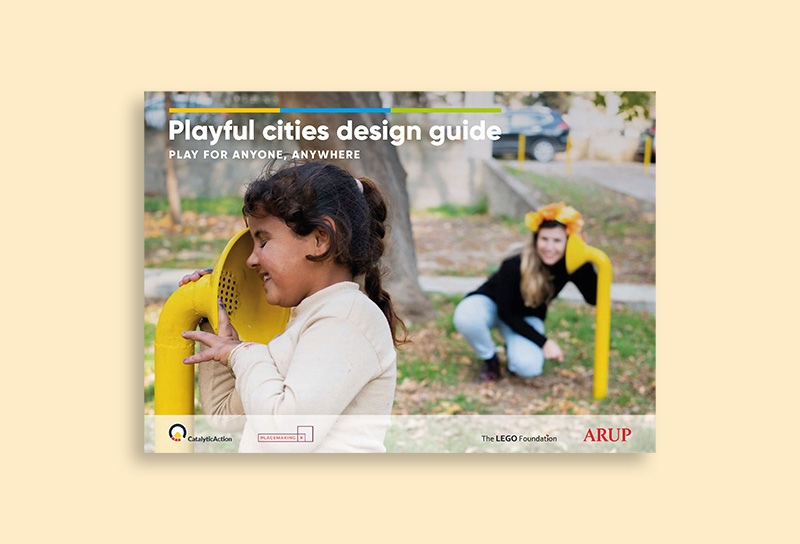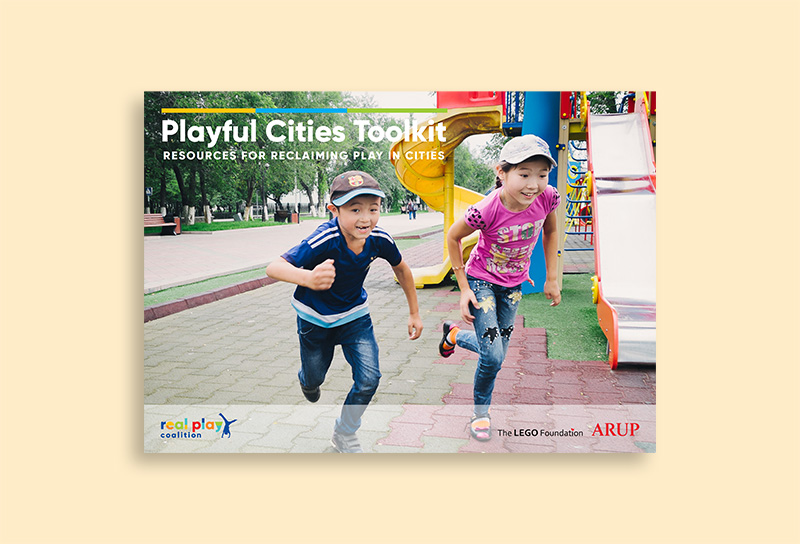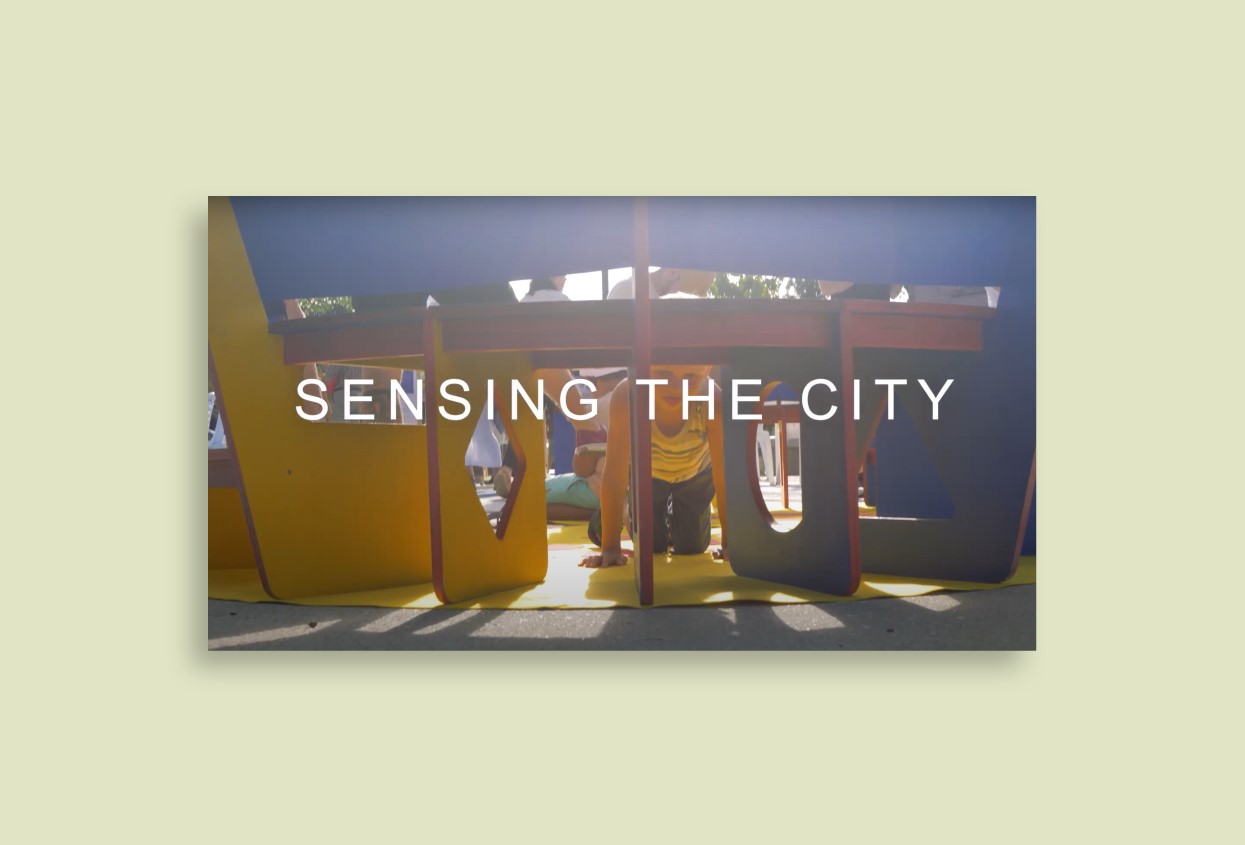
Overview
Peatoniños, a combination of the Spanish words for pedestrian and child, is a local government program in Mexico City that repurposes street areas as spaces for play. The project aims to compensate for the lack of play spaces in deprived areas by temporarily restricting car access to certain sections of the street. This raises awareness of the uneven distribution of public space, the insecurity of streets, and the excessive priority given to cars. Additionally, it engages children in an understanding of their right to participate in their city life.
Location:
Mexico City, Mexico
Organisation:
LabCDMX
Partner organisations:
Local Early Childhood Development Centres, Early Childhood Development Forum and non-governmental organisations around the different sites.
Beneficiary:
Local community
Scale of proximity:
Neighbourhood
Built environment component:
Streets
Design insights
Spatial/physical:
Temporary restriction of motorised vehicles circulation on the selected section of a street.
Material:
The elements required to block circulation can be light and low cost, making it an affordable intervention.
Process:
Engagement actions prior to the activity are fundamental to get authorisation by local authority, and to communicate both to the community participating, as well as the people that could be affected by the restricted circulation.
Location:
Streets selection criteria: the program prioritises streets where a) the number of children is high, b) there are no or very few open spaces or green areas; and c) the development index is below average.
Implementation insights
Plan the exit strategy. Establishing the time frame for each stage of the project, the milestones and the indicators of success is essential for the project to be strengthened and replicated.
While this kind of solution is effective to temporarily alleviate the shortage of urban recreational areas and imagine a city where children have priority over cars, it does not solve structural deficits of recreational or green land use like parks do, and it may represents a compromise for cars and public transport.
Links:
https://labcd.mx/experimentos/peatoninos/
https://thecityateyelevel.com/app/uploads/2020/01/Mexico-City.pdf



